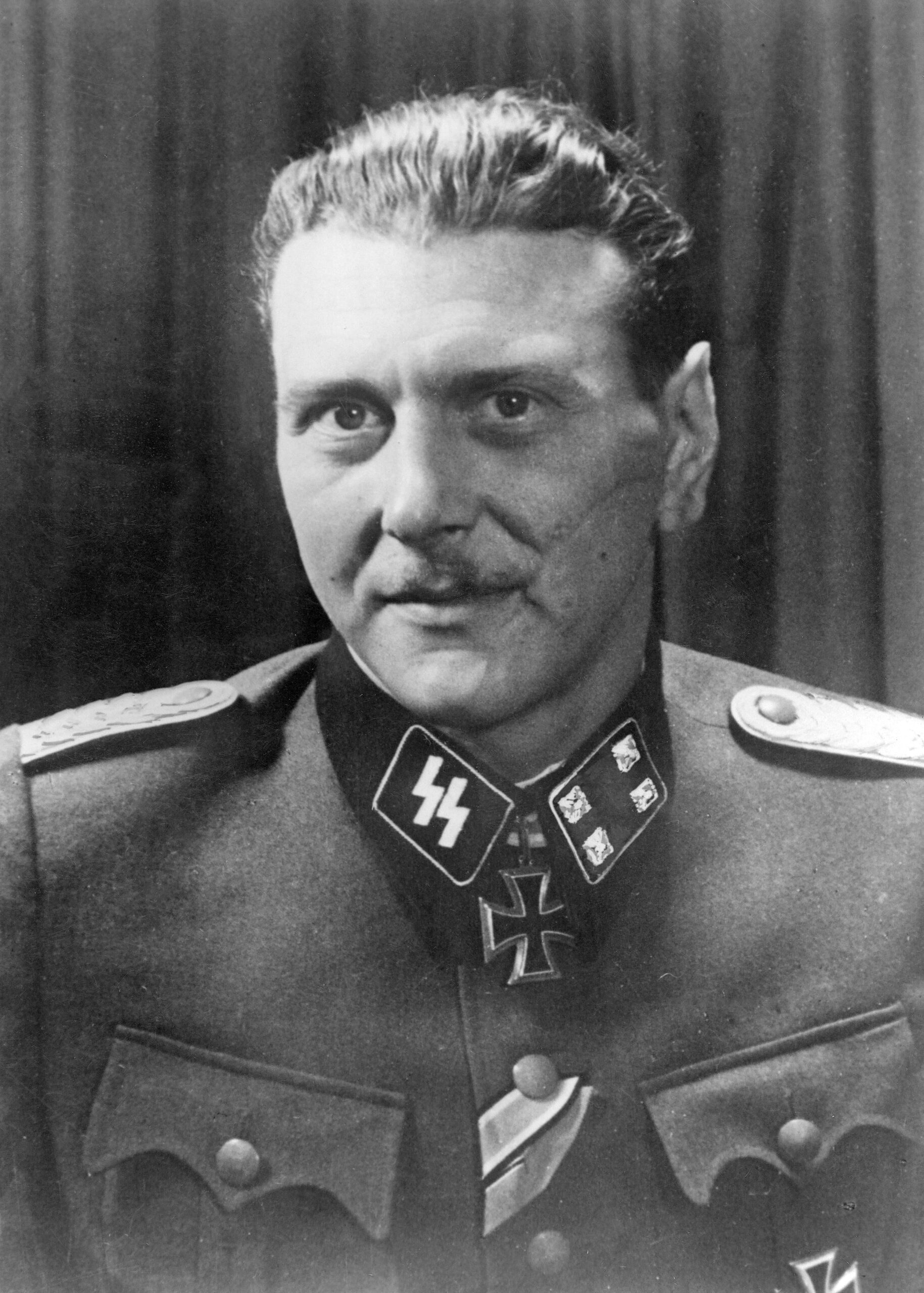The Second World War, a conflict of unprecedented scale and complexity, produced countless tales of heroism, tragedy, and ingenuity. Yet, beyond the well-known narratives of famous battles and political upheavals, the war was punctuated by lesser-known events that reveal the profound moral ambiguities, human creativity, and tragic misjudgments that defined the era. Examining a series of striking incidents—the accidental sinking of a ship full of Holocaust survivors by the British Royal Air Force, the exploits of the Soviet Union’s all-female “Night Witches” squadron, the subversive heroism of a French train conductor under Nazi occupation, and the ill-fated Soviet anti-tank dog program—offers a unique prism through which to view the war’s complexity and the unpredictable consequences of human action under extreme circumstances.
**I. The British Royal Air Force and the Tragedy of the Cap Arcona**
On May 3, 1945, just days before the end of the war in Europe, the British Royal Air Force (RAF) conducted an air raid in the Bay of Lübeck, targeting a cluster of German ships believed to be carrying fleeing SS officers and troops. Among these vessels was the Cap Arcona, a former luxury liner repurposed by the Nazis as a prison ship. Unbeknownst to the RAF pilots, the Cap Arcona and its companion ships were crowded with thousands of concentration camp inmates—primarily survivors from Neuengamme and other camps—whom the SS had evacuated as Allied forces closed in.
The attack was devastating. Strafed and bombed by Typhoon fighter-bombers, the Cap Arcona caught fire and quickly began to sink. Many of its prisoners, already weakened by years of deprivation, drowned or were shot as they attempted to escape the burning wreck. Of the estimated 4,500 prisoners aboard, barely 350 survived. The total death toll for all the ships involved in the raid exceeded 7,000, making it one of the war’s single deadliest maritime disasters.
This incident exemplifies the fog of war and the tragic consequences that can arise from incomplete intelligence. The British airmen, acting on orders to prevent German personnel from escaping, were unaware of the true nature of their targets. The Nazis, for their part, had failed to mark the ships as containing prisoners and had forbidden the Red Cross from informing the Allies of the situation. In the aftermath, surviving prisoners recounted their horror, and the incident has since been recognized as a grim and accidental postscript to the Holocaust, a testament to the chaos and moral complexity that marked the war’s closing days.
**II. The Night Witches: The Soviet Union’s All-Female Bomber Squadron**
Amid the devastation and brutality of the Eastern Front, the Soviet Union fielded a unique and formidable combat unit: the 588th Night Bomber Regiment, better known as the “Night Witches.” Composed entirely of female pilots, navigators, and ground crew, the regiment flew antiquated Polikarpov Po-2 biplanes—a slow, wooden aircraft more suited to training flights than combat bombing runs. Despite these limitations, the Night Witches developed tactics that turned their apparent disadvantages into strengths.
Flying only at night, the pilots would cut their engines as they approached their targets, allowing them to glide in near silence over German positions before releasing their bombs. The eerie, whooshing sound produced by the planes as they glided to their targets—evoking the sound of a witch’s broomstick—terrified German soldiers and inspired the nickname “Nachthexen” or “Night Witches.” The regiment flew over 23,000 sorties and dropped more than 3,000 tons of bombs during the war.
The success of the Night Witches was not merely a matter of tactics or bravery; it was also a reflection of the Soviet Union’s pragmatic approach to total war, which mobilized women in combat roles to an extent unmatched by any other major power at the time. The pilots faced immense dangers: their planes were slow, lightly armed, and offered little protection. Nonetheless, they persisted, earning the respect of both their comrades and their enemies. Thirty of their members were awarded the title Hero of the Soviet Union, the nation’s highest distinction. The legacy of the Night Witches endures as a powerful symbol of women’s capacity for courage and skill in the face of adversity.
**III. Sabotage on the Rails: The Subtle Resistance of a French Train Conductor**
In Nazi-occupied France, resistance took many forms, from armed uprisings to the quieter acts of sabotage and subversion that undermined the German war effort. One particularly ingenious example involved a French train conductor who, upon learning that a train carrying German soldiers had derailed, seized the opportunity to inflict further disruption on the occupiers.
Instead of repairing the rail line promptly, the conductor deliberately sent additional trains full of German troops toward the already wrecked section, compounding the chaos and delaying German troop movements. This act of subterfuge went undetected for some time, as the Nazis could not conceive that a humble railway worker would so blatantly sabotage their operations. When the pattern of repeated derailments finally aroused suspicion, the conductor was discovered and removed from his position.
This episode highlights the myriad ways in which ordinary individuals in occupied Europe engaged in resistance, often at great personal risk. The French railway workers, in particular, played a significant role in disrupting German logistics, using their knowledge of the rail system to slow troop movements, reroute supplies, and sabotage infrastructure. Their efforts, though often overshadowed by more dramatic acts of resistance, were crucial to the Allied war effort and exemplify the importance of civilian defiance in the broader struggle against tyranny.
**IV. The Soviet Anti-Tank Dog Program: Innovation and Tragedy on the Battlefield**
The desperate struggle for survival on the Eastern Front prompted both sides to experiment with unconventional weapons and tactics. Among the most bizarre and ultimately tragic of these initiatives was the Soviet Union’s anti-tank dog program. Conceived during the early, bleak years of the war, the program aimed to train dogs to carry explosives to enemy tanks. The dogs, fitted with harnesses carrying anti-tank mines, were taught to associate food with the underside of tanks.
The intention was simple: when released on the battlefield, the dogs would run under advancing German tanks, triggering the explosives and destroying the vehicles. However, the program was plagued by fatal flaws. The dogs had been trained using Soviet tanks, which ran on diesel, while the German tanks used gasoline. As a result, the dogs often ran toward the familiar scent of Soviet machinery during actual combat, causing chaos and sometimes detonating their charges beneath friendly vehicles.
The use of animals as weapons raises profound ethical questions, and the program’s operational failure only compounded its tragedy. Many of the dogs were killed without achieving their intended purpose, and the confusion they sowed sometimes endangered Soviet troops. Although the anti-tank dog program was eventually abandoned, it remains a striking example of the lengths to which combatants would go in the face of existential threat, and of the unpredictable outcomes that can result from even the most imaginative wartime innovations.
**Conclusion: The Complexity of War and the Limits of Human Agency**
The stories recounted here—of accidental tragedy, unconventional heroism, quiet sabotage, and desperate innovation—underscore the complexity and unpredictability of war. Each episode reflects the interplay of human intention, error, ingenuity, and the uncontrollable contingencies of conflict. The sinking of the Cap Arcona stands as a somber reminder of the limits of knowledge and the unintended consequences that can arise from even well-intentioned actions. The exploits of the Night Witches reveal the capacity for courage and adaptation in the face of overwhelming adversity, challenging conventional assumptions about gender and combat. The French train conductor’s subtle resistance illuminates the power of individual agency in the struggle against oppression. The anti-tank dog program, meanwhile, highlights both the inventiveness and the tragic miscalculations that war can produce.
Together, these stories demonstrate that the history of World War II cannot be reduced to a simple narrative of good and evil, victory and defeat. Rather, it is a tapestry woven from countless individual actions, shaped by chance, necessity, and the irreducible complexity of human motives. In remembering these lesser-known episodes, a more nuanced understanding of the war emerges—one that honors not only the grand strategies and dramatic battles, but also the ambiguity, creativity, and resilience that marked the lived experience of those caught up in its maelstrom. The lessons drawn from these stories remain relevant, reminding us of both the potential and the peril inherent in the exercise of human agency under the most trying of circumstances.


